News Around NIDDK
Dr. Phillip Gorden: An NIH legend retires
By Lisa Yuan
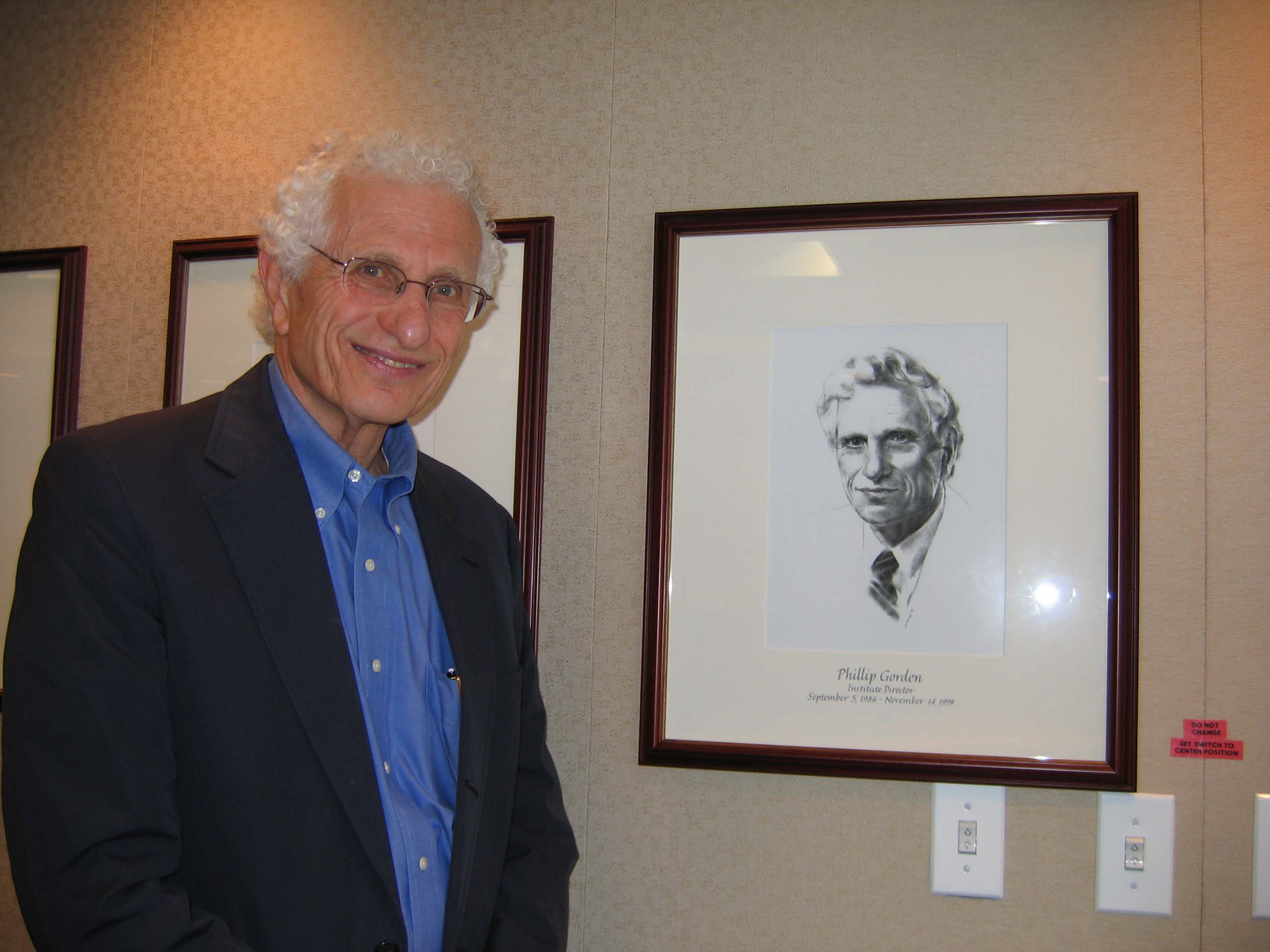 View full-sized image Dr. Gorden stands with his director's portrait.
View full-sized image Dr. Gorden stands with his director's portrait.
Dr. Phillip Gorden has retired after 55 years of service to NIH. Described as “a legend at NIH” by NIH Deputy Director for Intramural Research Dr. Michael Gottesman, Gorden touched nearly every facet of NIDDK. As a physician-scientist, he contributed to seminal discoveries in endocrinology, including advances in insulin biology and diabetes. As NIDDK director from 1986 to 1999, he launched multiple practice-changing clinical trials. As a colleague and mentor, he leaves an immeasurable impact, not only because of his exceptional scientific acumen, but also his exceptional humanity—often expressed with a warm Mississippi lilt in a gentle pace.
“Phil’s rare combination of deep medical knowledge, compassion, humility, and personal warmth characterized his lengthy service to NIDDK, NIH, and the nation,” said former NIDDK Director Dr. Allen Spiegel, now dean emeritus of Albert Einstein College of Medicine.
Early NIH work
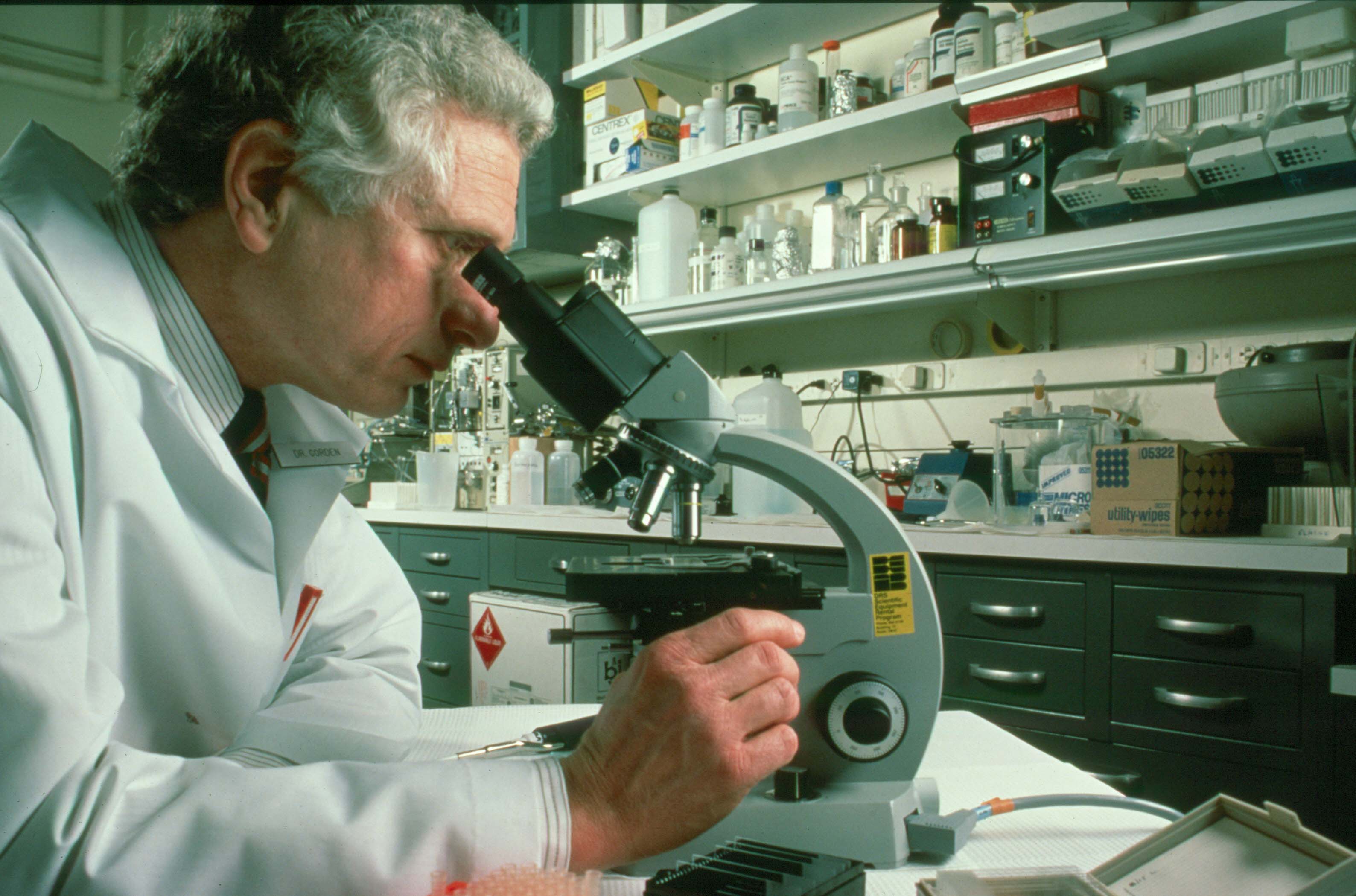 View full-sized image Dr. Gorden in his lab.
View full-sized image Dr. Gorden in his lab.
An officer in the U.S. Public Health Service, Gorden joined NIH in 1966 as a senior investigator at NIDDK’s precursor institute and became clinical director in 1974. He contributed to many scientific breakthroughs, including describing the mechanism of insulin, identifying the insulin receptor and its role in diabetes, discovering the proinsulin molecule, which led to the production of biosynthetic insulin, developing the first medical treatment for ectopic ACTH syndrome, a disease characterized by excess levels of cortisol, and conducting the first radiation therapy for the growth-hormone disorder, acromegaly.
Gorden was responsible for bringing NIDDK’s science from the lab into the clinic and back again. By treating patients with rare forms of insulin resistance, he was able to observe how hormones worked in people, in addition to under a microscope.
“He established the importance of bedside to the bench and back to the bedside that is a unique feature of the NIH intramural program,” said Gottesman.
Gorden’s patient-centered approach to scientific discovery was a hallmark of his work. As NIDDK Scientific Director Dr. Michael Krause described, Gorden is “emblematic of the best NIH has to offer humanity, shifting paradigms and our understanding of human biology with a patient-centric focus on effectively treating disease.”
NIDDK’s Dr. Rebecca Brown, a longtime colleague of Gorden’s, concurs. “His science always started and ended with patient questions,” she said. “He has the ability to cut through reams of data with to-the-point questions about the relevance of the science to human disease.”
From clinical researcher to NIDDK director and back again
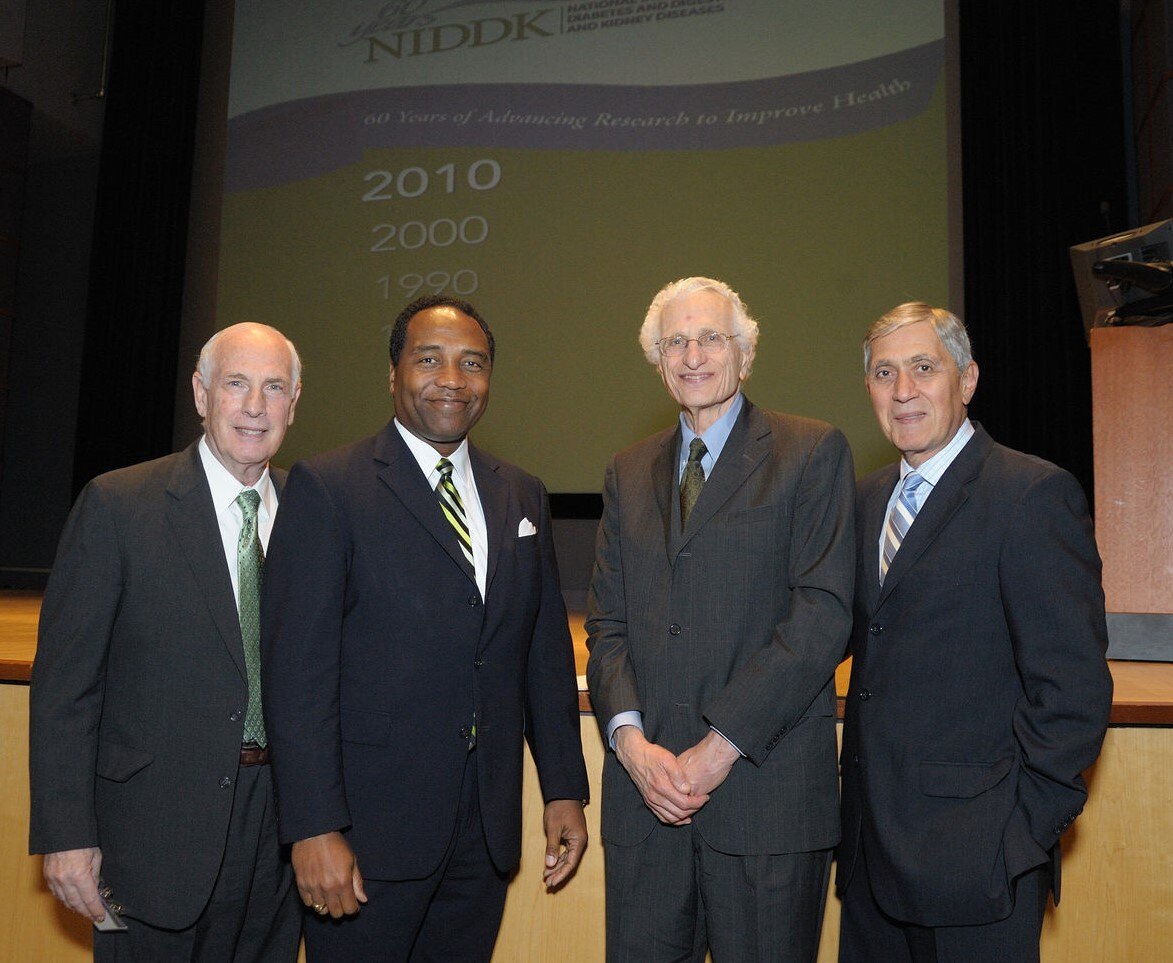 Three former NIDDK directors join current Director Dr. Griffin P. Rodgers at NIDDK's 60th anniversary event. From left to right: Dr. Lester B. Salans, Dr. Rodgers, Dr. Phillip Gorden, and Dr. Allen Spiegel.
Three former NIDDK directors join current Director Dr. Griffin P. Rodgers at NIDDK's 60th anniversary event. From left to right: Dr. Lester B. Salans, Dr. Rodgers, Dr. Phillip Gorden, and Dr. Allen Spiegel.In 1976, Gorden took a sabbatical at the University of Geneva to further his research on hormone receptors. He returned to NIH in 1978, and after several leadership positions in NIDDK’s diabetes branch, became NIDDK’s seventh director in 1986.
As NIDDK director, Gorden oversaw the launch of several landmark, multi-center clinical trials that helped shape diabetes treatment and management, including the Diabetes Complications and Control Trial, Modification of Diet in Renal Disease study and Diabetes Prevention Program. Under his leadership, NIDDK also funded the establishment of several, multi-site research centers across its mission areas, including kidney and urologic diseases, cystic fibrosis, and obesity and nutrition.
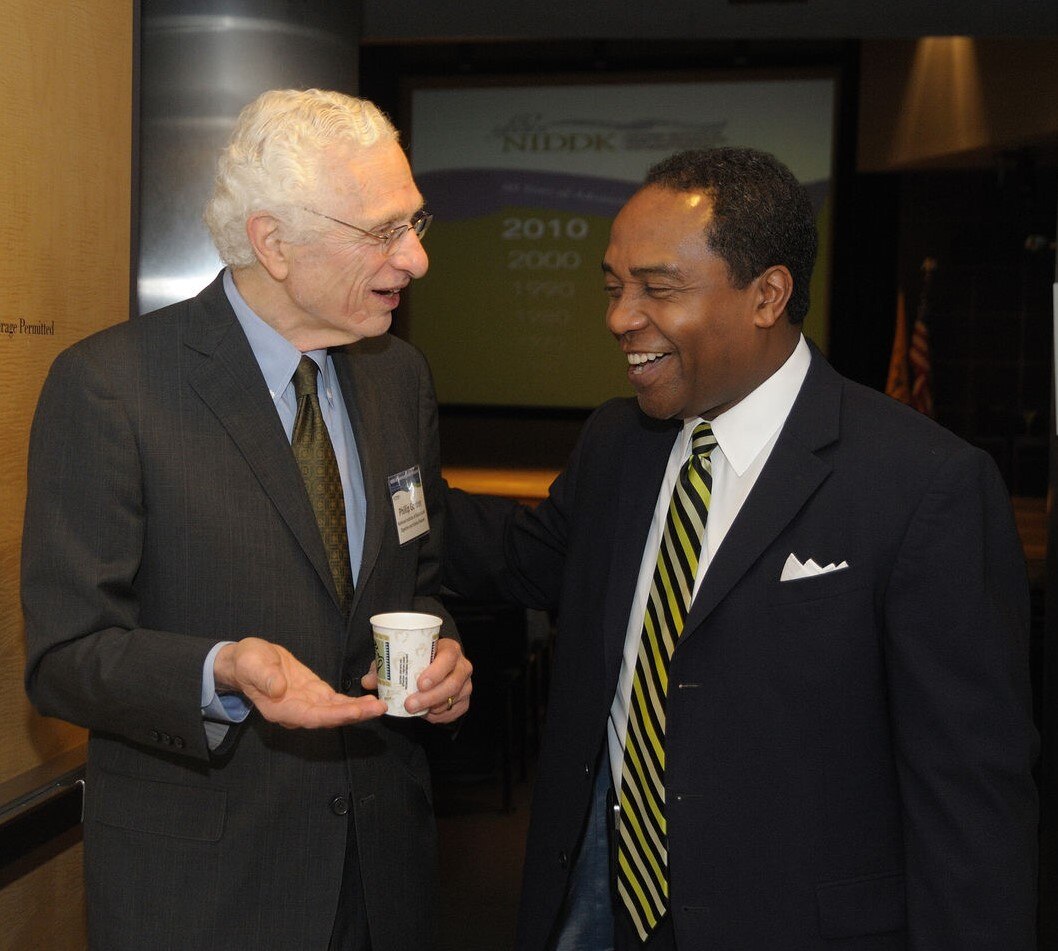 Dr. Phillip Gorden and NIDDK Director Dr. Griffin P. Rodgers celebrate NIDDK’s 60th Anniversary in 2010.
Dr. Phillip Gorden and NIDDK Director Dr. Griffin P. Rodgers celebrate NIDDK’s 60th Anniversary in 2010.
After 13 years, Gorden returned full-time to clinical research in NIDDK’s Diabetes, Obesity, and Endocrine Branch, where he’s been a section chief since 2005. His work on severe forms of insulin resistance led to breakthroughs in treating lipodystrophy, a rare disease characterized by loss of fatty tissue. Based on clinical trials led by Gorden and his team, the U.S. Food and Drug Administration approved leptin for generalized lipodystrophy in 2014.
“The persistent efforts Gorden and his colleagues took to get FDA approval for leptin replacement therapy to treat certain forms of lipodystrophy are a perfect example of his career-long ability to bring research from bench to the bedside resulting in a positive impact on human heath around the globe,” said Krause.
Gorden’s impact as mentor and colleague
Gorden’s indelible impact is also evident in the sentiments shared by the many people whose careers he’s touched over the decades.
“I have known Phil Gorden since my time as a fellow at NIH 50 years ago,” said Dr. C. Ronald Kahn, chief academic officer of Joslin Diabetes Center. “He is truly a great translational scientist and a unique individual, whose humanism and support for his colleagues and trainees has been foundational for literally hundreds of physician-scientists who have gone on to make their own important marks on the field.”
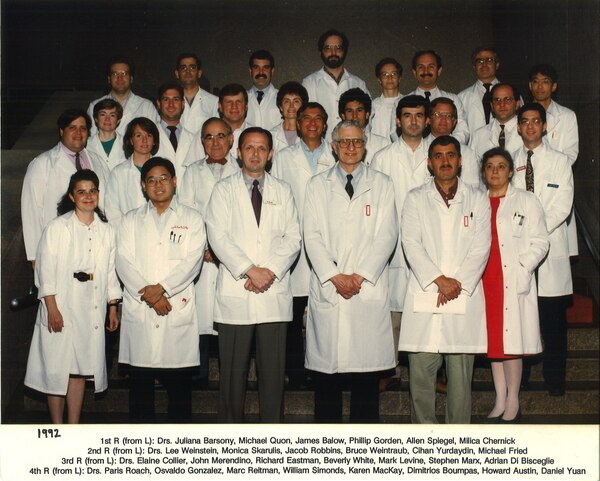 View full-sized image
View full-sized image
Dr. Jeffrey S. Flier, Gorden’s fellow in the 1970s who later became dean of Harvard Medical School, said, “Gorden was a critical mentor in every phase of my career: a master clinician who put patient welfare first, a translational scientist at the leading edge of metabolic science, and an inspiring institutional leader.”
Dr. Elif Oral, a University of Michigan professor who trained with Gorden from 1996 to 2002, said his wisdom still guides her work today. “These days, when I need to talk to a trainee, I always ask myself what Dr. Gorden would say,” she said. “He provided the kind of mentorship that is above and beyond what any trainee can anticipate.”
Gorden has published over 400 papers, lectured frequently around the world, and received many distinguished awards – including this year’s Endocrine Society lifetime achievement award. Yet, when asked which career accomplishment makes him most proud, he focuses not on his individual successes, but on the collaborative efforts he values so deeply.
“In each position I have held, I tried to make sure NIDDK was a ‘WE’ Institute rather than an ‘I’ Institute,” he replied. “The sense of camaraderie and cooperation is very important to the ‘genes’ of an Institute.”
In retirement, Gorden looks forward to spending quality time with his beloved wife of 62 years, Vivian, their two sons and their wives, and their three grandchildren.
“Phil will be truly missed as one of NIH’s most conscientious and accomplished leaders and scientists,” said NIDDK Director Dr. Griffin P. Rodgers. “He instilled compassion, integrity, and wisdom into everything he did – whether treating patients, conducting groundbreaking research, or leading one of NIH’s largest institutes. He set an example that few might match, but to which we can all aspire. I’m privileged to call him my mentor, colleague, and friend – and we all wish him the best in retirement.”
To hear more about Dr. Gorden’s career in his own words, watch this 2019 oral history.
NIDDK’s new strategic plan coming soon!
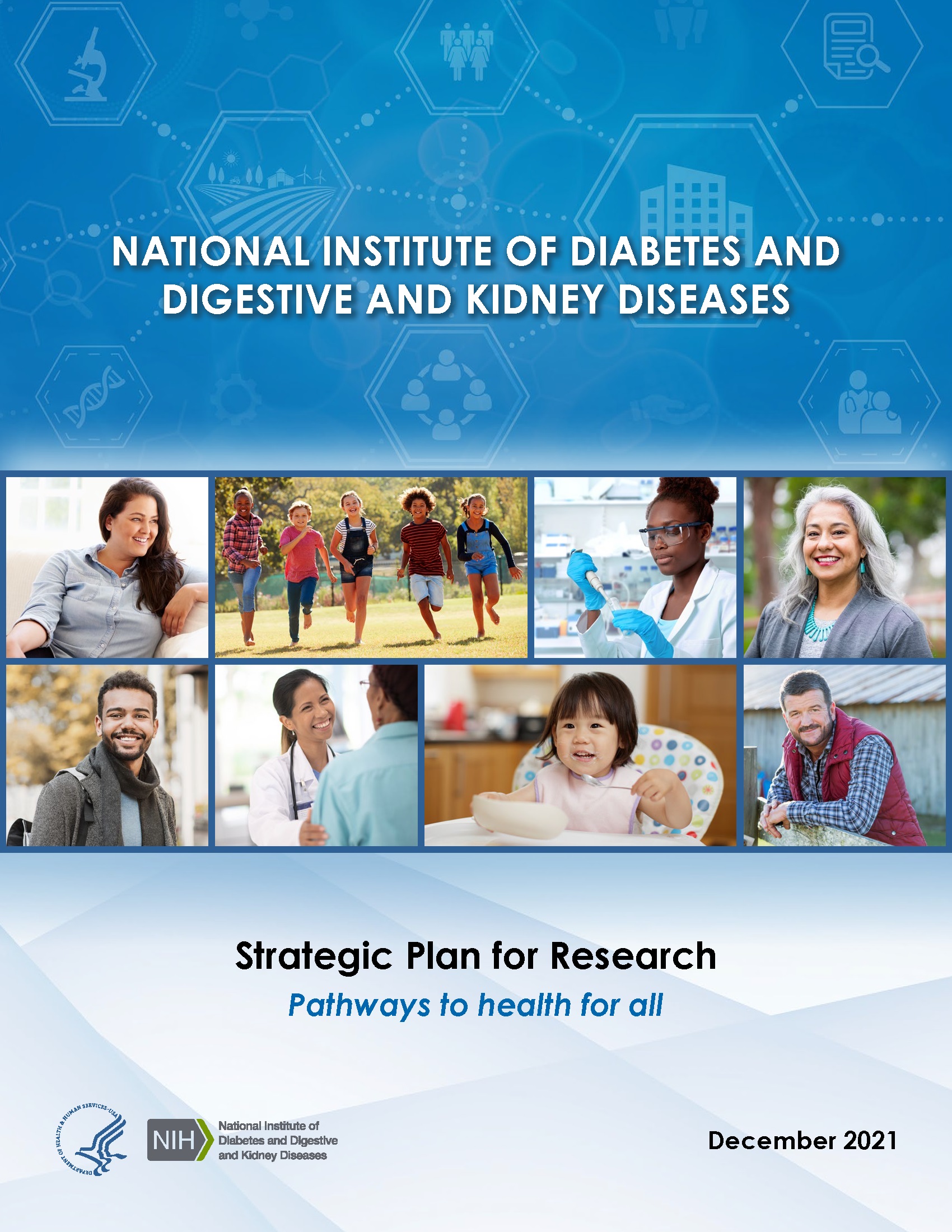
NIDDK will soon release its 5-year, overarching Strategic Plan to accelerate research into the causes, treatment, and prevention of diseases and conditions under the Institute’s mission. Look out for the final Plan on the NIDDK Strategic Plan for Research webpage, and follow NIDDK’s social media channels on Twitter, Facebook, and Instagram for announcements on the Plan’s release.
“The Strategic Plan is the result of more than two years of thoughtful work by numerous people at NIDDK, with critical input from researchers, people living with diseases in our Institute’s mission, and others,” said NIDDK Director Dr. Griffin P. Rodgers. “On behalf of NIDDK, I extend my sincere thanks to all who contributed to the Plan’s development, and I’m enthusiastic about how it will help shape our path forward.”
NIDDK Fellow Spotlight
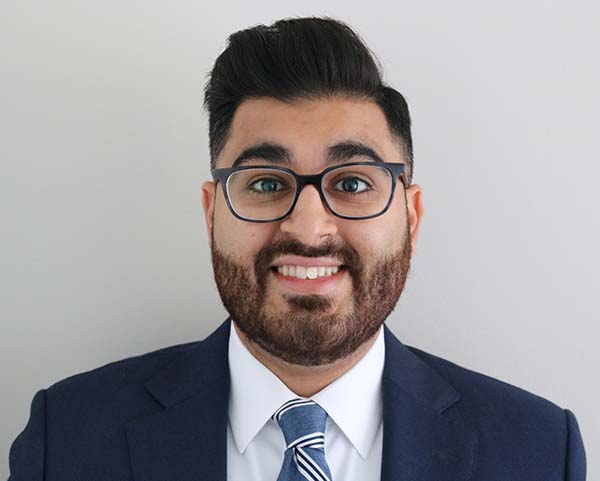
Name: Bilal Ali Asif. M.D.
Hometown: Rockville, MD
Current position: Clinical gastroenterology fellow, Digestive Diseases Branch
What inspired you to pursue a research career?
I come from a lineage of farmers – my parents are immigrants from rural Pakistan – and it is because of my family history that I am grateful to have the opportunity to dive into medicine - as a career, as a passion, and as my raison d’être. To me, medicine is as much an art as a science. I always loved being around people – listening to their stories, understanding and empathizing with their struggles. I also realized that I loved learning about the scientific principles that govern our lives – why do we eat certain foods, how do our bodies survive decades when our cars break down within years, and why do we need sleep?
My passion is scientific inquiry. There’s nothing as exciting as having a scientific question and failing to answer it, in different ways, with different techniques, with limited data, and with endless cups of coffee. To try and to succeed is a great victory. But to try and fail, only to succeed later, is a better one.
With a focus on liver diseases, my clinical and research training at the NIDDK allows me to see the rare forms of the usual, and the usual forms of the rare. Pursuing clinical research helps my patients and their families. It has the potential to change lives, now and later.
What public health problem do you ultimately hope to solve with your research?
Raising public awareness of liver disease and encouraging multidisciplinary collaboration is a vital public health endeavor I hope to address. The global burden of liver disease is immense, from endemic viral hepatitis to the rising incidence of hepatitis C and fatty liver disease. The development of cirrhosis has significant implications for liver cancer and liver-related mortality. Public health strategies aimed at targeting different causes of liver diseases, including global vaccination initiatives for hepatitis B infection, have the potential to dramatically improve lives worldwide.
NIDDK’s Phoenix branch featured in The NIH Catalyst
For more than 50 years, scientists in NIDDK’s Phoenix Epidemiology and Clinical Research Branch (PECRB) in Arizona have pioneered research in type 2 diabetes, obesity, and complications from these conditions. The latest issue of NIH’s intramural research newsletter, The NIH Catalyst, highlights the branch’s history, research discoveries, and work with American Indian communities and other populations at high risk for developing type 2 diabetes. Through these collaborations, PECRB and its partners have made significant advances in identifying biological and environmental contributors to diabetes and its risk factors, especially in underrepresented communities.
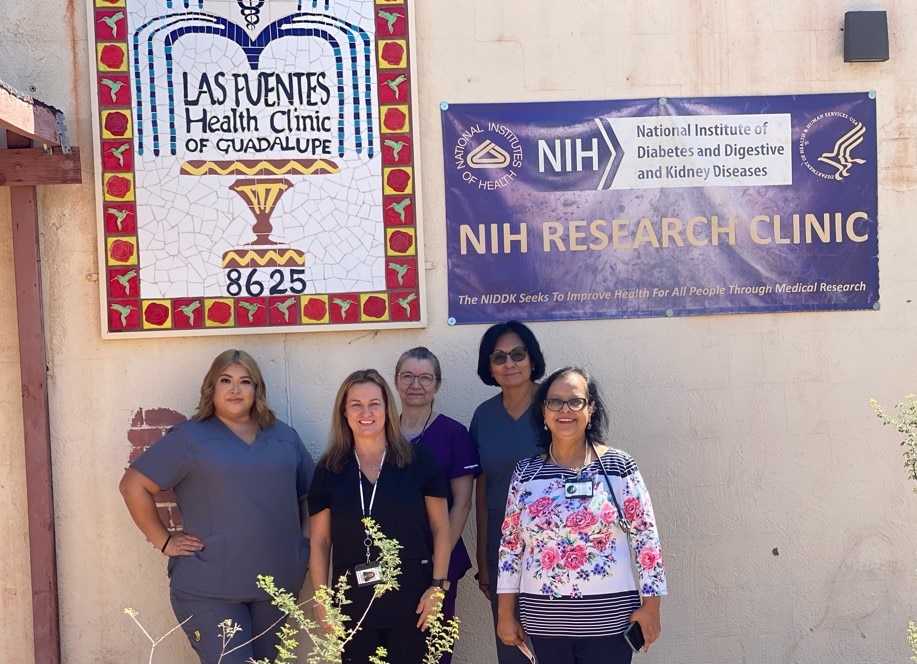 NIDDK Phoenix Diabetes Epidemiology and Clinical Research Section (DECRS) staff conduct community-based research at the NIDDK Guadalupe Research Clinic.
NIDDK Phoenix Diabetes Epidemiology and Clinical Research Section (DECRS) staff conduct community-based research at the NIDDK Guadalupe Research Clinic.
“We are reaching out to the community as equal partners,” said PECRB Associate Research Physician Dr. Madhumita Sinha in the story. Sinha conducts research on obesity at an NIDDK community clinic in Guadalupe, Arizona, a small town with a population of 6,500 who are primarily of Hispanic ethnicity or Native Americans (Pascua Yaqui Tribe) . “You’re trying to engage the community and translate your research findings to a practical environment so it can frame health policy decisions that are more acceptable to the people.”
Read the full story here.
Getting to Know: Dr. Afshin Parsa
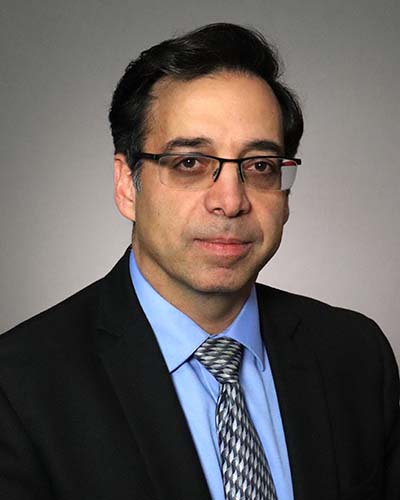
Dr. Afshin Parsa is a program director and scientific advisor in NIDDK’s Division of Kidney, Urologic, and Hematologic Diseases. His portfolio includes kidney genetics and genomics and a broad array of translational and clinical chronic kidney disease research. He sat with Matt Oldham, virtually, to talk about his work at NIDDK, his hopes for the future of nephrology –and the joys of a 1983 Datsun.
Why did you choose to specialize in nephrology?
As long as I can remember, I’ve been fascinated by all sorts of living creatures, why they looked or behaved like they did. When I started my medical residency, I had a poor understanding of kidney physiology, and had no interest in the field. But during an ‘elective month’ with an engaging nephrologist and an excellent renal fellow, I became fascinated with the complex physiology of the kidney. It unexpectedly went from my least favorite to my favorite topic – what I wanted to do. There were a fair number of diagnostic challenges along with treatment options to improve outcomes. And that struck the right balance for me.
What brought you to NIDDK, and what keeps you here?
I worked for a long time in a teaching hospital that involved seeing patients; teaching residents, fellows, and medical students; and doing research. And I enjoyed all three aspects. But I also felt that I could not focus as I would have liked. I came to NIDDK with the goal of using my experience in both treating patients and performing research to help in the design and implementation of studies that could benefit nephrology on a larger scale.
There’s also a clear culture of continual improvement at NIDDK. For example, we develop new research programs and fine-tune ways to improve recruitment of new and underrepresented researchers by making the grant application process more accessible to them. Similarly, we’ve been making changes to increase the chances of success for more innovative and high-risk projects that don’t always make it through peer review – encouraging new ways of approaching problems.
How would you like to see your program improve nephrology?
I want the program to continue to adapt and to encourage research that could lead to better treatments for kidney disease and ultimately cure it.
I’m hoping some of our programs and grant support result in a shift in our general approach, from giving everyone the same therapies to individualized therapies. I think the Kidney Precision Medicine Project has great potential to take us toward this goal, changing how we identify and diagnose kidney diseases. I also hope to provide as much support as possible to early career investigators from a wide variety of backgrounds to join the field and bring new ideas to solve emerging problems.
What do you like to do in your off time?
The hobby I enjoy most is one that I can’t, unfortunately, do enough of – skiing. After medical school, I took some time off, went to Lake Tahoe, and skied six days a week for the whole winter. And I still wanted more! I also enjoy fixing and modifying sports cars and driving them on racetracks. I have a 1983 Datsun Turbo, which I’ve heavily modified and did all the work myself. I enjoy the great outdoors, going for walks and travelling with my family - my wife, 23-year-old daughter, and 19-year-old son.
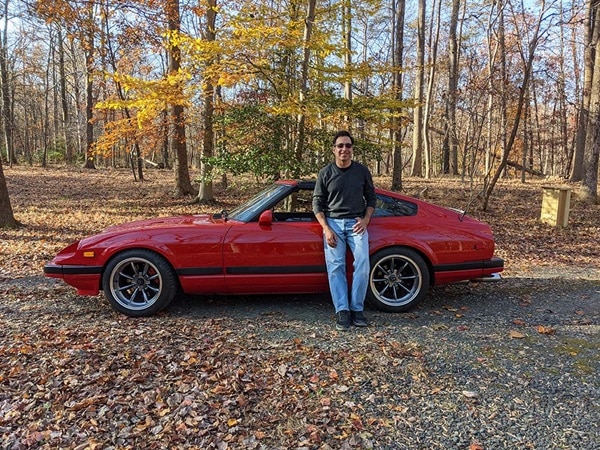 Dr. Afshin Parsa, program director, Division of Kidney, Urologic, and Hematologic Diseases with a car he’s fixed up and drives on the racetrack.
Dr. Afshin Parsa, program director, Division of Kidney, Urologic, and Hematologic Diseases with a car he’s fixed up and drives on the racetrack.
